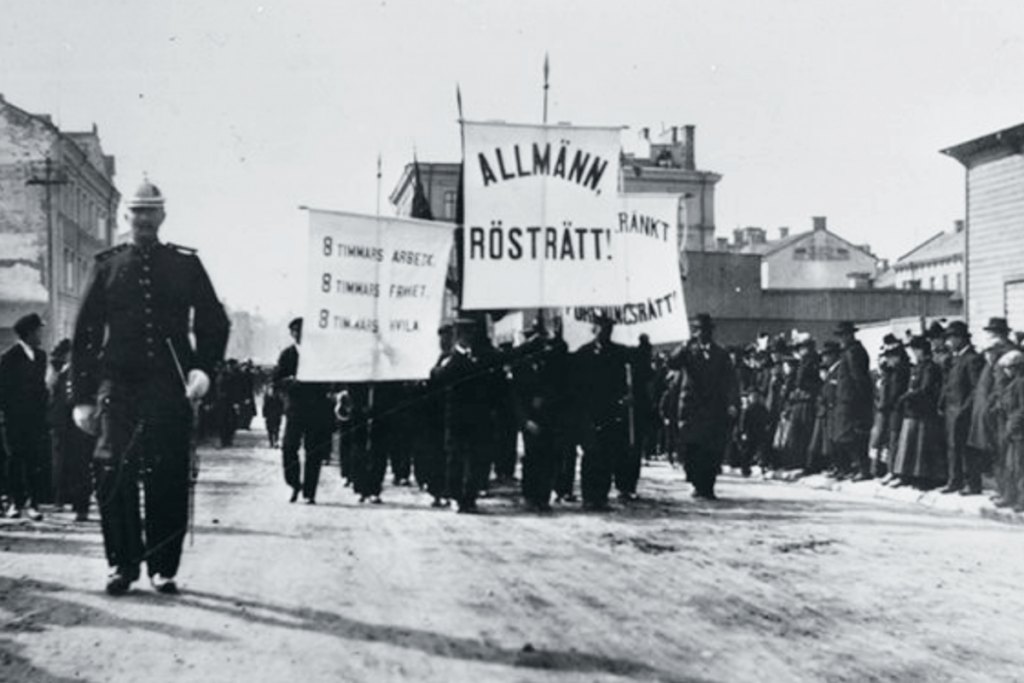| Month | Working days | Working hours | Sat & Sun. | Others |
|---|---|---|---|---|
| January | 22 | 176 | 8 | 1 |
| February | 20 | 160 | 8 | 0 |
| March | 21 | 168 | 10 | 0 |
| April | 20 | 160 | 8 | 3 |
| May | 20 | 160 | 9 | 2 |
| June | 18 | 144 | 9 | 4 |
| July | 23 | 184 | 8 | 0 |
| August | 21 | 168 | 10 | 0 |
| September | 22 | 176 | 8 | 0 |
| October | 23 | 184 | 8 | 0 |
| November | 20 | 160 | 10 | 0 |
| December | 21 | 168 | 8 | 2 |
| Total annual working hours | 251 | 2008 | 104 | 12 |
| Average / Month | 20.92 | 167.33 | 8.67 | 1.00 |

Working days per year 2025
An average of 160 working hours per month or 250 working days per year is usually referred to when discussing workload. But these numbers are not always accurate. For example, for 2025, the number of working hours varies from 144 to 184, with an average of 167 hours each month. In total, there will be 251 working days, which leaves 116 days off. In the table below, we provide a detailed overview of the number of working days, working hours, Saturdays, Sundays and other days off - such as national holidays, Midsummer's Eve, Christmas Eve and New Year's Eve. If a holiday falls on a Saturday or Sunday, it is counted under "Sat & Sun". We base these calculations on a standard eight-hour workday. Which days are considered holidays in Sweden are defined by Lag (1989: 253) on public holidays. Most people have the following holidays off, even if they fall on a regular working day:
- New Year's Eve
- Christmas Eve
- Easter Day and Pentecost
- New Year's Day and Thirteenth Day of Christmas
- May 1
- Christmas Day and Christmas Eve
- Good Friday and Easter Monday
- Ascension Day
- Sweden's National Day
- Midsummer Day
- All Saints Day
- Midsummer Eve
Feel free to check out our calendar here on the right, which contains information such as e.g. name days and a little history about what happened on that particular day.
May 1

May 1
This day has been celebrated since 1890 and stems from the demonstrations of the labor movement. In 1890, the Second International required an eight-hour workday. The Second International was an organization formed in Paris, but the demonstrations also spread to Sweden in 1890. The first of May has been a public holiday in Sweden since 1939. This day is one of the two (together with the national day) festivals that are considered non-bourgeois, ie without connection to the Church of Sweden. The first of May has historically not only been to demonstrate for the rights of the worker, but also for other purposes such as demonstrations of sobriety etc. Before the Industrial Revolution, May Day was also celebrated as a day, the first day of summer. It was a day when the animals were let out to pasture, the village team chose an elder and they took joint initiatives to review farms, fences and finances. The pre-industrial celebration of the first of May ended with a party, as well as drinking marrow from a bone, to gather strength. The most notable symbol of the first of May is the cornflower. This was first sold in Gothenburg in 1907. Flowers themselves have a positive, life-giving symbolism. The money from the sale is historical and still goes to charity, in most cases to vulnerable children. One reason we celebrate May Day is the Haymarket Massacre, which took place in Chicago in 1886. At the demonstration, workers protested for just an 8-hour workday but met strong and violent opposition from police. Overall, the first of May is a holiday that is celebrated a little differently depending on where you are in the country. You choose to party, play games or demonstrate. The overarching theme is at least for the people to unite in a public place in the hope of showing the ruling powers that they have a voice that wants to be heard.New Year's Day
New Year's Day is the first day of the calendar year. New Year's is celebrated on the night between December 31, i.e. New Year's Eve and January 1 according to the Gregorian calendar. New Year's Day is a very popular holiday. It is celebrated with fireworks, New Year's food and New Year's parties. We have made New Year's resolutions ever since the Viking Age. At this time the vow was made by either emptying a brage cup or swearing by a boar's horn. These days it's a bit more mundane, but many see New Year's Day and the associated New Year's resolutions as a chance to start anew. New Year's food is not quite as elaborate as other festive food, but is more generally associated with luxury. For example, we can see artichoke soup, Skagen toast, chocolate mousse and lobster on the New Year's table that we eat on New Year's Eve. The fireworks that are set off at 12 o'clock and beyond are traditionally to scare away evil spirits. Many traditions are very strongly linked to family or religion. However, New Year's Day and the entire New Year's celebration are more public. You usually share New Year's Day and its celebration with your friends. It is also an old tradition to ring in the new year, usually through some kind of joint public event where you count down to New Year's Day.
Epiphany
This day falls on January 6th. Thirteenth day of Christmas is a holiday in Sweden. This day is important for Christians in Sweden and is celebrated to commemorate the revelation of Jesus, when the three wise men visited him in Bethlehem after his birth. The star boys traditionally associated with Lucia appeared from the beginning at the celebration of the thirteenth day of Christmas. In Sweden, these star boys wandered in the villages and actors around biblical stories about the three wise men and their journey to Bethlehem. This train could consist of three star boys, a Herod and a Christmas goat who made aggressive outbursts if he was not happy with the reward / offerings. This was seen as a playful and accepted form of begging. It was common for students in Latin schools to participate in the theater and use the income to pay for their living expenses during the Christmas holidays.

